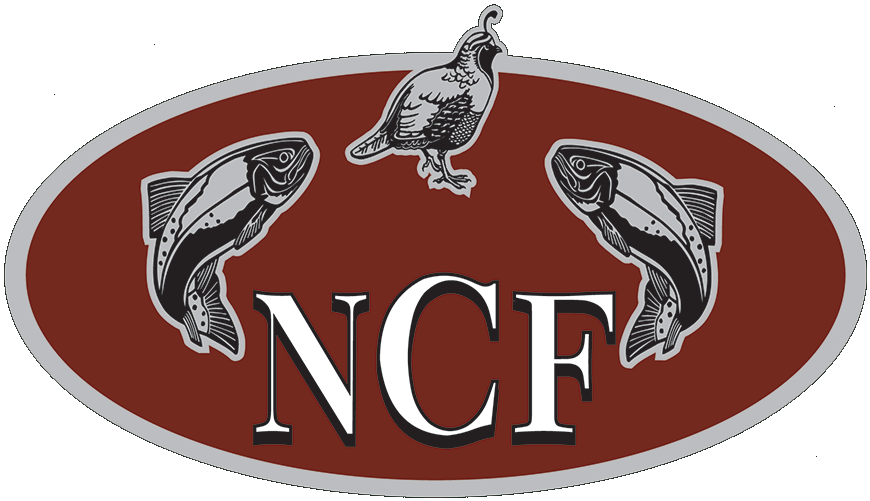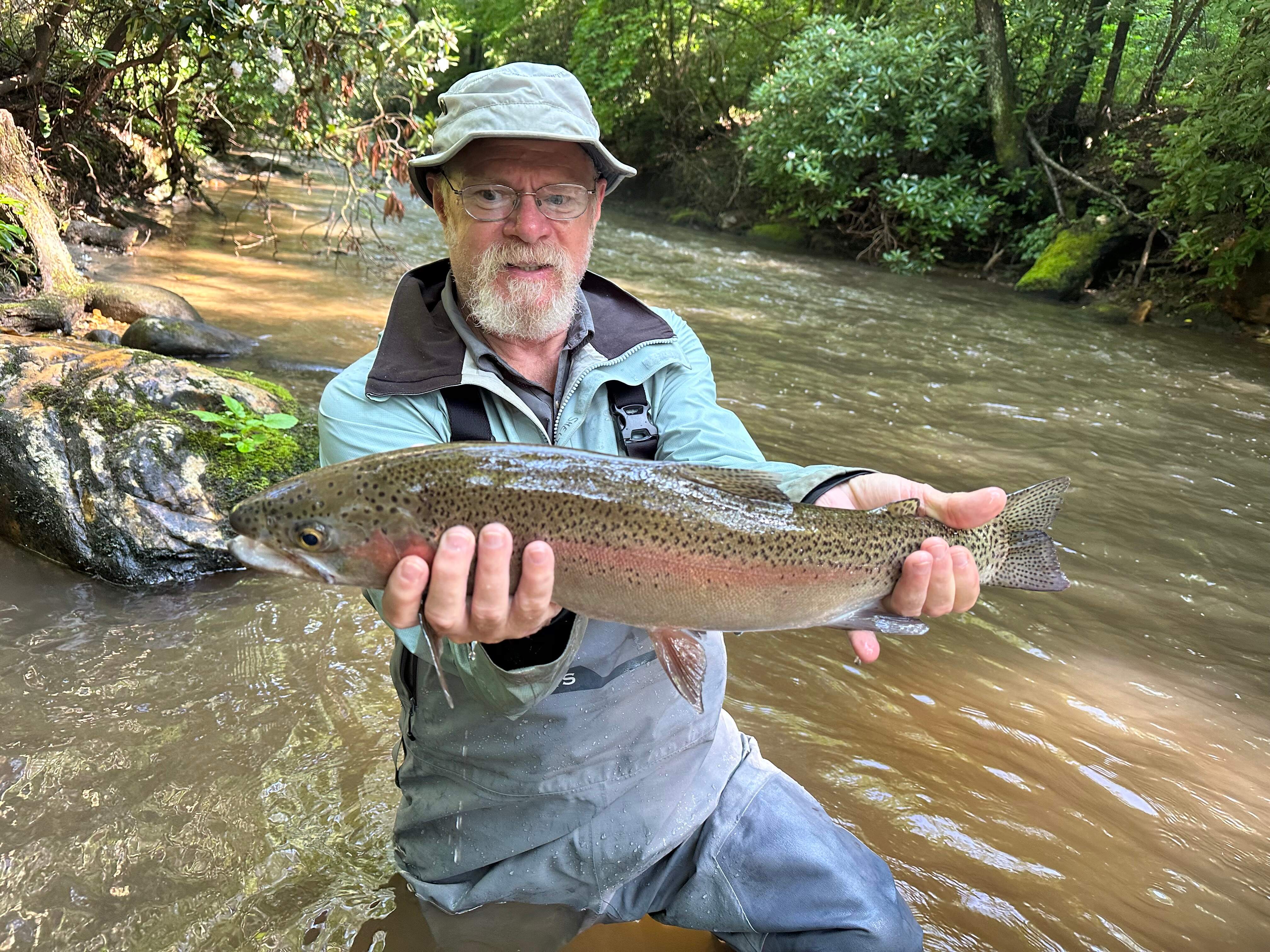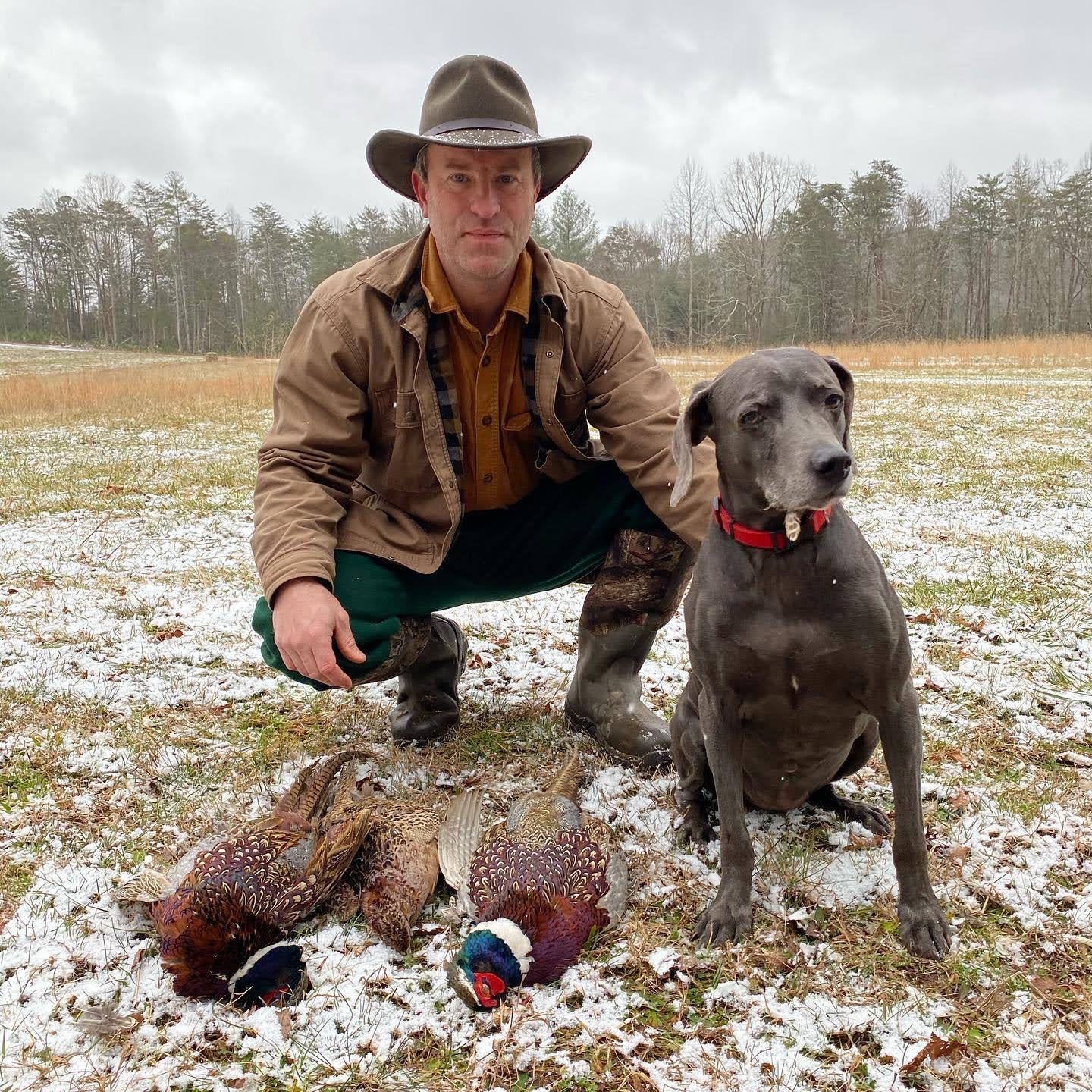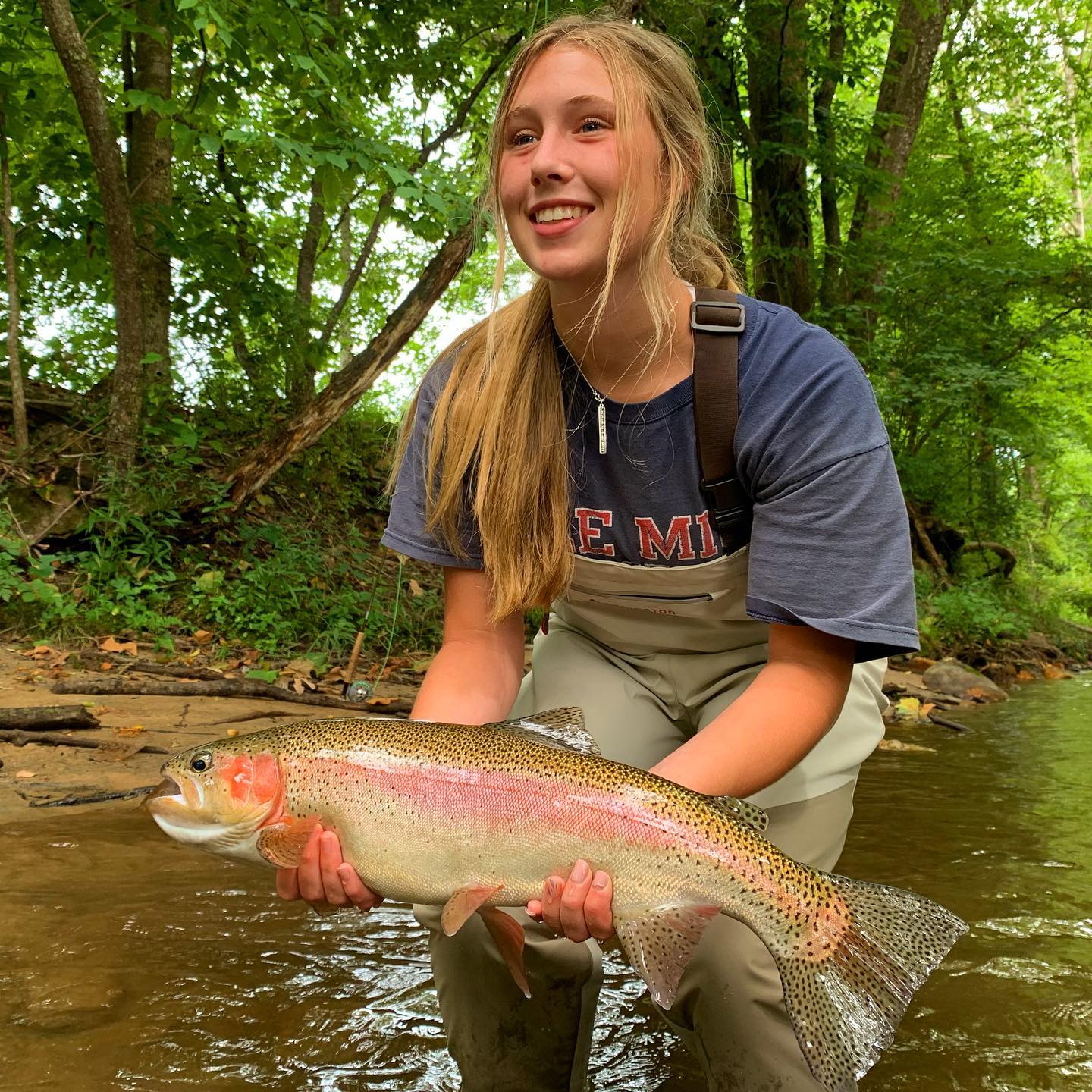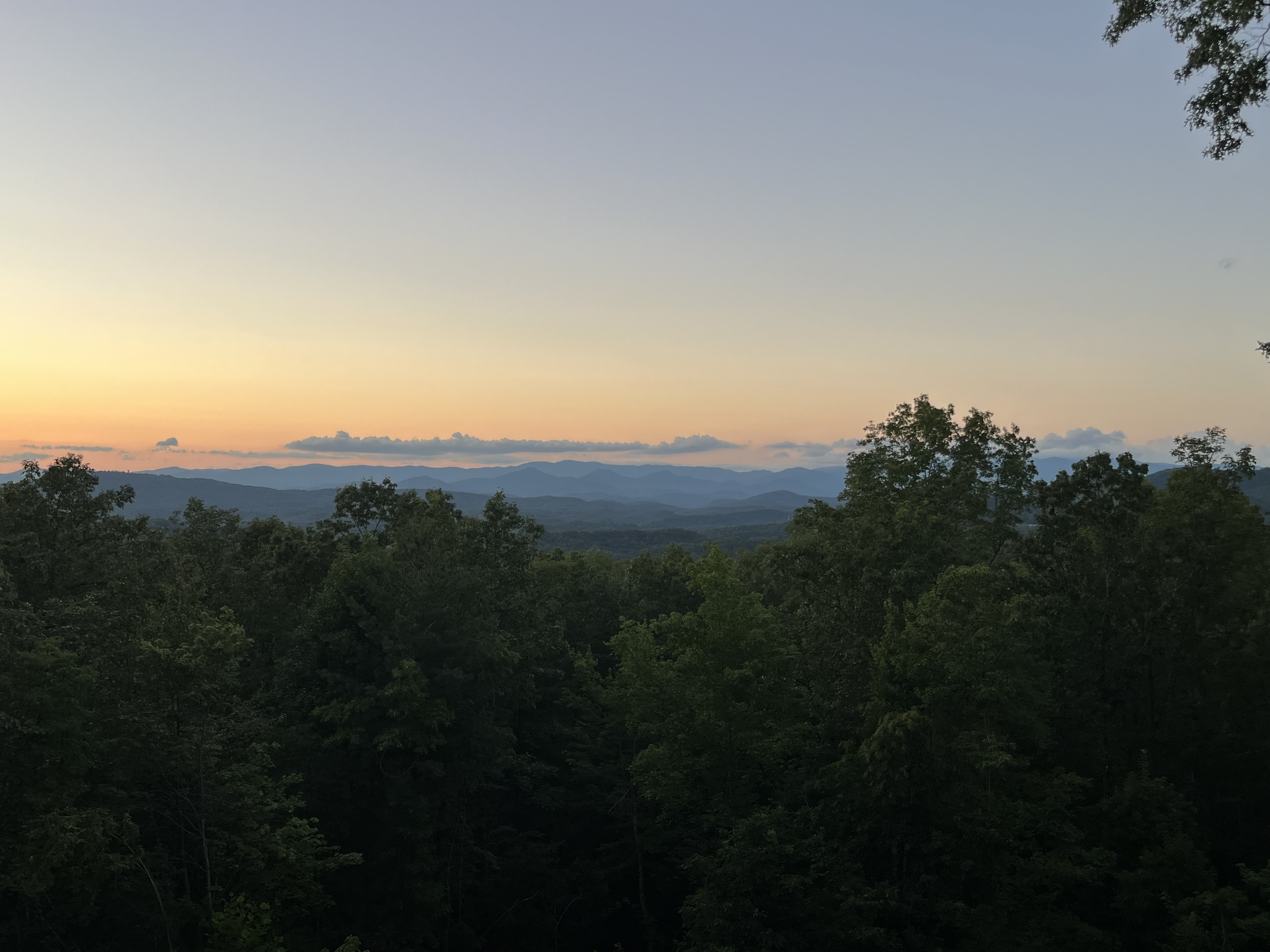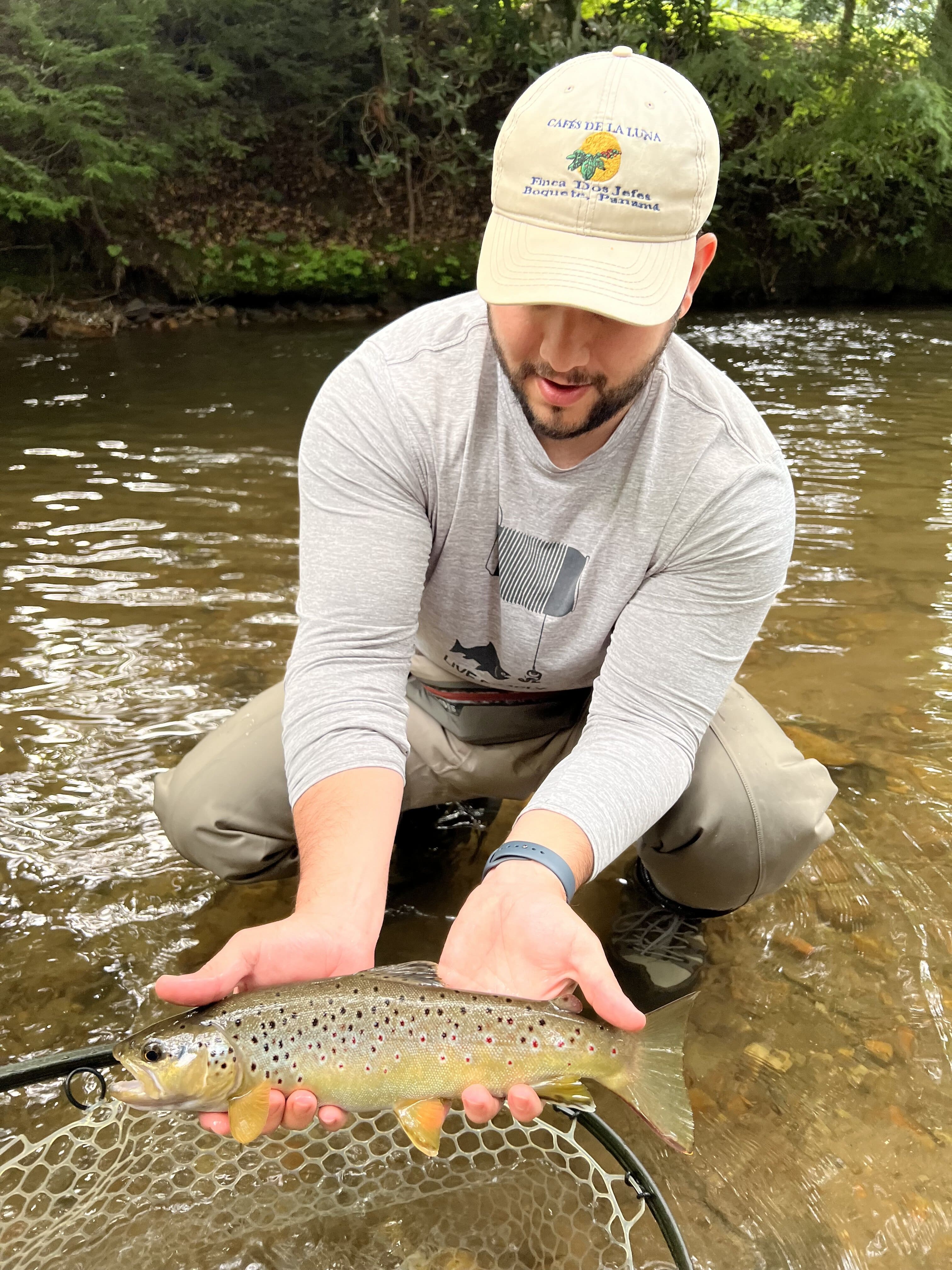 Nestled within the scenic beauty of the North Georgia Mountains, Noontootla Creek Farm’s pristine rivers and streams offer abundant opportunities for fly fishing enthusiasts. Trout, particularly the native rainbow and brown trout, thrive in these cool waters at Noontootla. However, during the summer, rising water temperatures pose significant challenges to the survival and well-being of these cold-water species. In this blog post, we will explore the impact of water temperature on trout and how it affects their behavior and overall health.
Nestled within the scenic beauty of the North Georgia Mountains, Noontootla Creek Farm’s pristine rivers and streams offer abundant opportunities for fly fishing enthusiasts. Trout, particularly the native rainbow and brown trout, thrive in these cool waters at Noontootla. However, during the summer, rising water temperatures pose significant challenges to the survival and well-being of these cold-water species. In this blog post, we will explore the impact of water temperature on trout and how it affects their behavior and overall health.
- Optimal Temperature Range for Trout
Trout in North Georgia are highly adapted to live in cool and oxygen-rich waters. Their ideal temperature ranges between 50- and 65-degrees Fahrenheit (10-18 degrees Celsius). In this range, they exhibit their most active feeding and growth patterns. The North Georgia Mountains’ rivers and streams usually maintain temperatures within this range during the spring and fall. However, summer brings warmer weather, and the water temperatures begin to rise, often exceeding the trout’s preferred range.
- The Effect of High-Water Temperature on Trout
When water temperatures exceed the preferred range for trout, it has several adverse effects on their physiology and behavior:
- Decreased Oxygen Levels: As water temperature rises, its ability to hold dissolved oxygen decreases. This reduction in oxygen levels puts stress on trout, leading to impaired respiratory function, reduced activity, and weakened immune systems.
- Reduced Feeding and Growth: High water temperatures can cause trout to reduce their feeding activity. They become less active and conserve energy, which can hinder their growth rates. Additionally, warm water reduces their metabolism, affecting their ability to efficiently process food.
- Increased Vulnerability to Disease and Predators: Elevated water temperatures weaken trout’s immune systems, making them more susceptible to diseases and parasites. It also attracts predators, such as larger fish and birds, which take advantage of the lethargy exhibited by trout in warmer waters.
- Seeking Refuge in Cooler Microhabitats
To cope with rising temperatures, trout instinctively seek refuge in cooler microhabitats within the river system. These include areas with increased shade, such as under overhanging vegetation, deep pools, and areas near groundwater seepage. These cooler areas provide a temporary respite from the stressful conditions, allowing trout to conserve energy and recover. Noontootla is proud of our conservation efforts. We have added stream structures, replanted native shrubs to help prevent erosion, and planted new trees in order to give the trout a cooler microhabitat.
- The Importance of Water Management Practices
Given the significance of maintaining suitable water temperatures for trout, responsible water management practices are crucial. This includes:
- Implementing Catch-and-Release Policies: By practicing catch-and-release fishing, anglers can minimize the impact on trout populations during times of temperature stress. Returning trout to the water promptly and carefully reduces their handling time and increases their chances of survival. Noontootla consistently practices catch-and-release fly fishing in order to keep our trout populations up.
- Streamside Reforestation: Planting and maintaining vegetation along the riverbanks helps provide shade and stabilize stream temperatures. Riparian buffers act as natural filters, preventing excessive sedimentation and maintaining water quality.
- Water Flow Management: Ensuring consistent water flow patterns through proper dam operations and water release schedules helps maintain cooler water temperatures. This mimics natural stream conditions and mitigates the impact of high air temperatures.
The summer months in the North Georgia Mountains present a challenging environment for trout due to rising water temperatures. By understanding the impact of these elevated temperatures on trout physiology and behavior, we can take appropriate measures to protect and conserve these magnificent fish. Responsible water management practices and angler awareness can help ensure that future generations can continue to enjoy the thrill of trout fly fishing in Noontootla’s pristine rivers and streams. Let us all work together to preserve these cold-water ecosystems and maintain healthy trout populations for years to come. 
